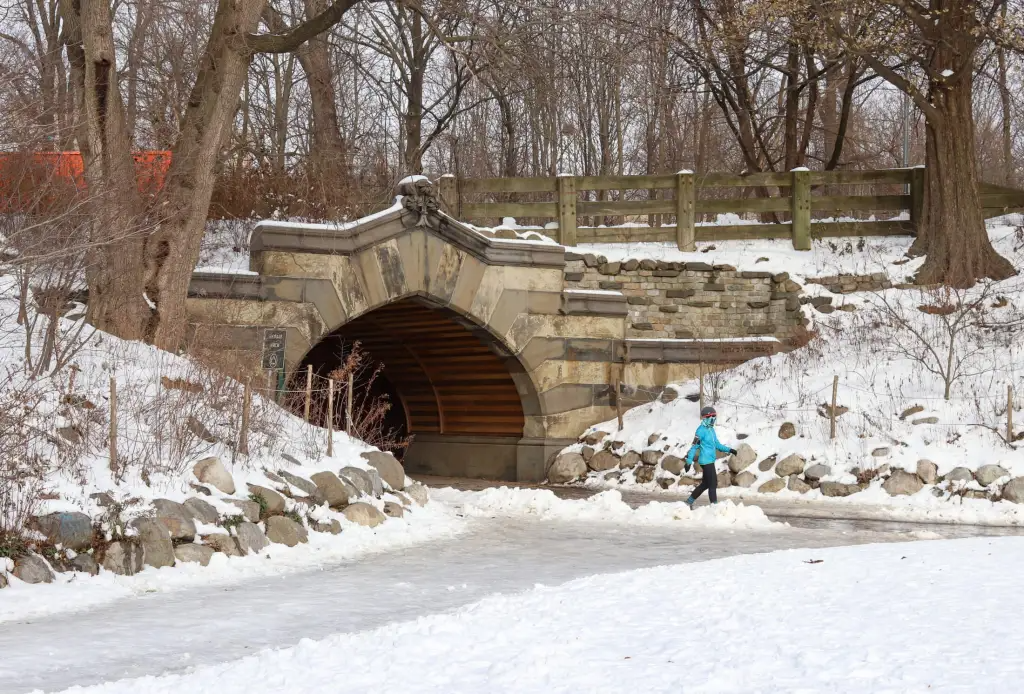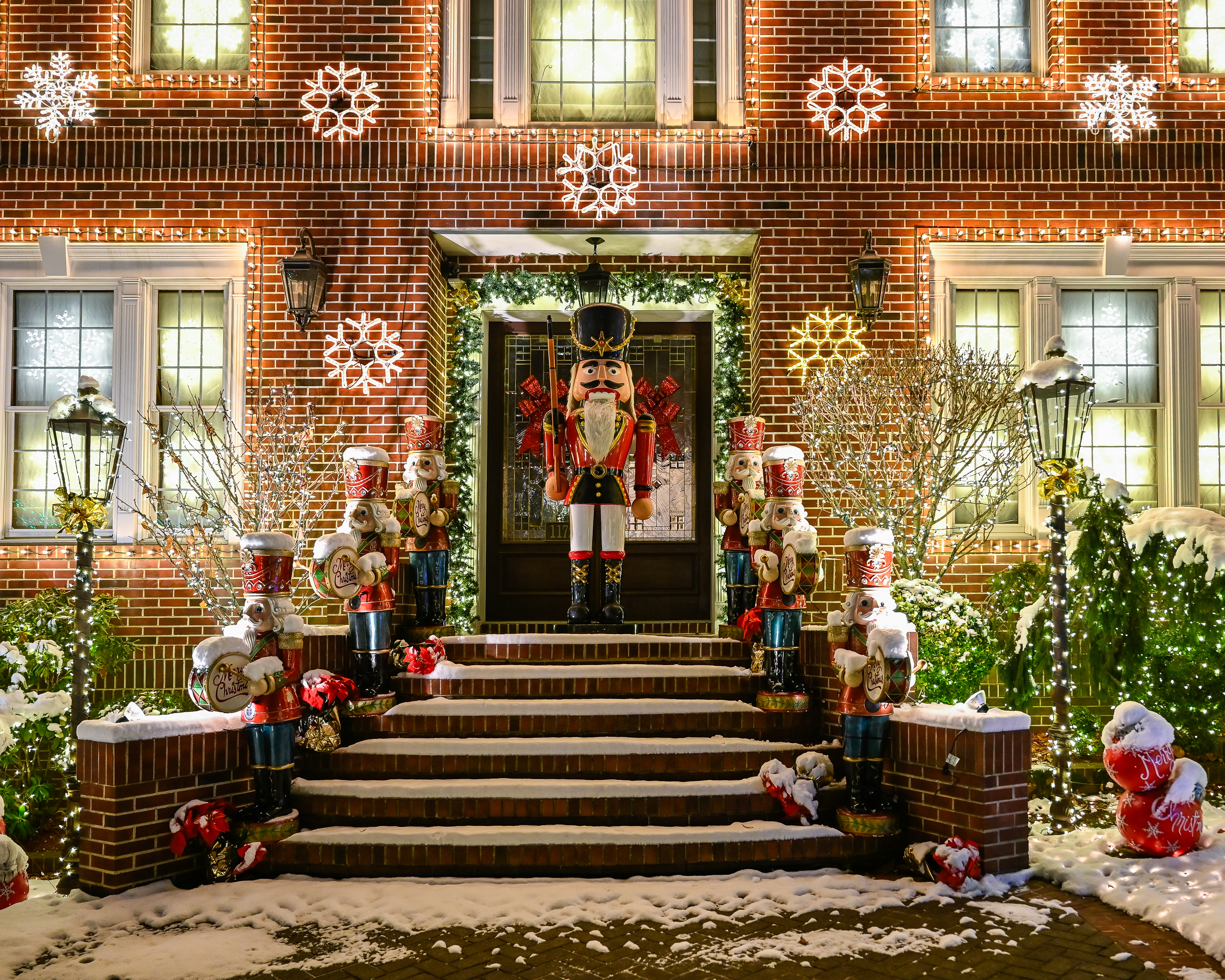Queenswalk: The Story of Glendale’s John Siney House, Part One
Glendale is part of that vast land holding called Newtown, established by the Dutch West India Company in 1642. We often think of Queens as a 20th century phenomenon, because so much of it was farmland for so long. Parts of it weren’t developed as residential until this last century, but there is more to…

 Glendale is part of that vast land holding called Newtown, established by the Dutch West India Company in 1642. We often think of Queens as a 20th century phenomenon, because so much of it was farmland for so long. Parts of it weren’t developed as residential until this last century, but there is more to Queens history than just the 20th century. Originally called Fresh Ponds, Glendale, like much of Queens, has been around for a long time.
Glendale is part of that vast land holding called Newtown, established by the Dutch West India Company in 1642. We often think of Queens as a 20th century phenomenon, because so much of it was farmland for so long. Parts of it weren’t developed as residential until this last century, but there is more to Queens history than just the 20th century. Originally called Fresh Ponds, Glendale, like much of Queens, has been around for a long time.
Fresh Ponds was a sleepy little village surrounded by farms owned by the descendants of the original Dutch families, as well as later English and other arrivals. Transportation is of paramount importance to any community, and by the early 1800s, Myrtle Avenue, which was then a plank road with a toll, made its way from Jamaica Avenue in Ridgewood down to Flatbush Avenue and Downtown Brooklyn. This enabled farmers to take their produce and livestock to the busy piers and markets of Brooklyn, or even Manhattan, by way of the ferry. Travelers did the same, making Myrtle a very busy road.
By the mid-1800s, a stage line and later omnibuses, which were horse drawn trolleys, were rolling through Fresh Ponds, so it’s not surprising that development came soon afterwards. The border between Brooklyn and Queens in nearby Ridgewood has always been a bit facile, so it shouldn’t be too surprising that the large German immigrant population that was settling in Bushwick, then Ridgewood, shouldn’t spread into Fresh Ponds. The settlers here were farmers, and they thrived in this area of freshwater ponds and rich land. The marshlands were drained, and a large German community developed, eventually becoming the largest German speaking community in Queens. That German heritage is still everywhere in Glendale.
Much of the land still belonged to the original Dutch families, and so we come to John Siney’s house. Not much is known about Mr. Siney of Queens. There is another more famous John Siney, the Irish-born Pennsylvania coal miner who would lead the organization that became the United Mine Workers. This is a different and earlier John Siney. Our John Siney was married into the Wyckoff family, one of the oldest and largest Dutch families in Brooklyn and Queens. By the 1850s, he was in the transportation business; his family owned a stage coach line which ran along Myrtle Avenue. In 1856, he bought this piece of land from his father-in-law, Nicholas Wyckoff, for $800, and built this house. It stands on what is now the corner of Cooper Avenue and 72nd Street.
The Siney house was a large wood framed home in the Italianate style, the typical country villa style of the mid-19th century. The house was finished in 1857, and was known far and wide as the Siney House. The main house was two stories high, and square, with a similar addition to the side, both covered in clapboard siding. It had a large inviting front porch supported by wooden pillars. It’s only a couple of blocks away from Myrtle Avenue, and would have been quite convenient for John Siney’s busy business life, but off the beaten track enough for suburban quiet and contemplation.
Mr. Siney’s name is about all that remains of his history, at least on line. The house remained in the family as Fresh Ponds began to change from a sleepy village to a town. It’s also one of the oldest houses in this part of Queens. In 1860, a developer named George Schott acquired a large portion of land here, and re-named the area Glendale, after his hometown in Ohio. Nine years later, another real estate man named John C. Schooley bought a big chunk of land here, and he, too, called the area Glendale. Schooley divided the land into plots, and laid out streets. He had 469 lots at 25×100 feet, which he sold for $300 each. Glendale was born. By the 1880s, Glendale was still mostly a farming community, with a couple of cemeteries on its borders.
In 1886, Henry Meyer came to Glendale, and purchased the Siney house. Meyer, another German immigrant success story, was looking for a new home, and a new place of business. He came to America in 1866, by himself, at 16. His first job was as a clerk in a grocery store on Grand and Bushwick Avenues in Williamsburg. He had so little money in the beginning; he spent his first few years living at the store, sleeping on the floor. The store owner sold grocery items, and augmented his earnings by wholesaling tobacco products to other stores and groceries.
The tobacco industry in the mid-19th century was huge, with cigars, chewing, and pipe tobacco the dominant products. Cigarettes came later. Just about every man smoked or chewed tobacco, and while there were many large factories in Brooklyn, Manhattan, and everywhere else, small wholesalers abounded. All anyone needed to become a tobacco or cigar wholesaler was an area to store and dry the leaves, and space to and roll cigars and/or or shred and mix tobacco. A back room or shed would do it. The tobacco was pretty local, coming from farms primarily in Pennsylvania, but also from New York State, New Jersey, Connecticut, and the finer leaves from further south.
Henry Meyer’s boss was in the neighborly habit of extending credit to his customers. That made him a popular and good man, but unfortunately, not a great businessman. When the economy took a dip in 1871 and 1872, the business was going under. By this time, Henry Meyer, who had saved every penny he earned, had enough saved to buy the business. Sleeping on the floor can pay off. He realized the big money was not in the grocery itself, which he phased out of existence, but in the tobacco side business out back. Henry Meyer went full time into the tobacco business.
He called his new tobacco company the Bushwick Tobacco Works. He produced pipe and chewing tobacco. His operatio grew beyond his small shop, and Meyer soon had six different brands of tobacco. They were called “Best,” “Hub,” “Pilot,” “Harvest,” “Galaxy,” and “Ivanhoe.” Ivanhoe was the finest tobacco in his line. He would grow until he had 20 horse drawn delivery wagons making daily deliveries to grocery and tobacco stores across Brooklyn and New York City.
In 1871, Henry Meyers got married. He was 21, and his wife was 18. Her name was Lorinda Adams. They would go on to have seven children, five older girls, and the two youngest boys. In 1886, the Meyers family came to Glendale, and the Siney house. The house was known as the finest home in Glendale. The Meyers family could now afford such a fine house, and they definitely needed the room. Their youngest son Charles was born here in 1887.
As Henry Meyer looked around at his new community, he was already thinking of business. Williamsburg was a bustling urban area without any physical space to grow. It was already full and getting even more crowded. In contrast, Glendale and much of Queens was still farmland. Farmland…tobacco….tobacco factory…..Hmmm. Something to ponder, here. GMAP
Next time: The story of Henry Meyer, his plans for Glendale, and the Siney House and its subsequent owners concludes.
(Photograph: John Siney House in 1923. New York Public Library)






What's Your Take? Leave a Comment